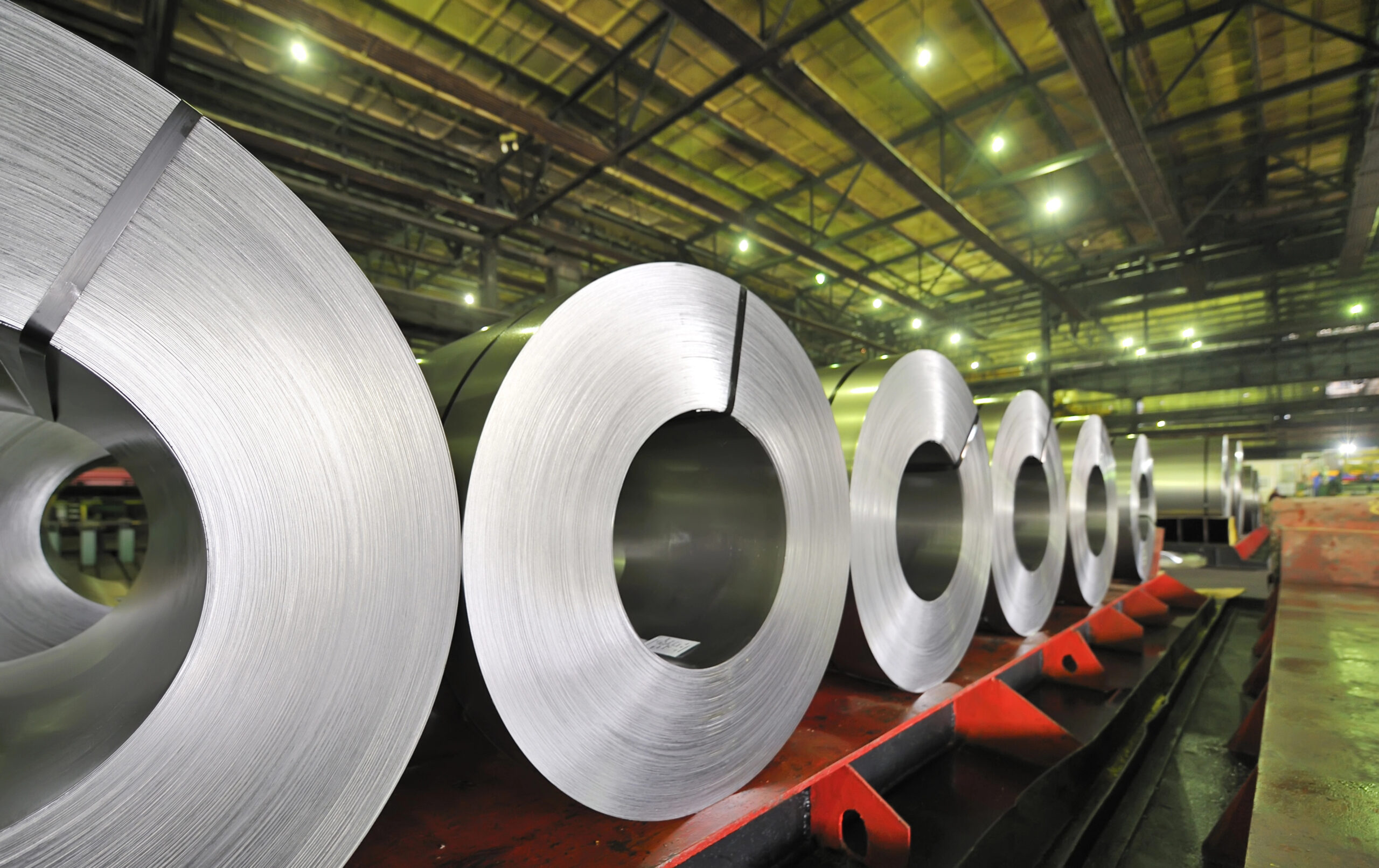Tariffs, like any tax, will generate deadweight loss in the economy. The deadweight loss is broken down into two categories: the consumption effect of the tariff and the protective effect of the tariff.
The consumption effect of the tariff is the lost gains from trade that were occurring before the tariff but are now not because the tariff raised the price of the good. Under the tariff, people pay more and buy fewer units (or pay more for the same amount).
We here at EconLog spend a lot of time focusing on the consumption effect of tariffs. Indeed, a lot of reporting (and claims) have been about the consumption effect: in other words, they focus on the prices consumers pay. Here, however, I want to highlight the protective effect.
The protective effect arises from the loss of productivity caused by the tariff. Domestic producers increase their production, but they are less efficient at producing those additional units than foreign producers were. “They are less efficient” is another way of saying that more resources must be consumed to produce those units than would be consumed under free trade. Furthermore, since protective tariffs protect domestic producers against foreign competition, they discourage firms from pushing to increase productivity.[1]
First, we have a chart from the Council on Foreign Relations. In a March 6, 2025 blog post entitled Steel Productivity has Plummeted Since Trump’s 2018 Tariffs, Benn Steil and Elizabeth Harding provide some tentative data on labor productivity of steel workers versus productivity of all workers. As the title suggests, steel worker productivity has been falling since 2018. Prior to 2018, the labor productivity of steel workers was generally keeping pace with other industries. Since 2018, other industries have been improving productivity, but steel has not. Of course, these data do not give us a cause. More in-depth analysis would be required to determine if the drop in steel worker productivity is caused by the tariffs or merely incidental. But the trend does align with the theory and empirical evidence from past tariff episodes (see, for example, Alexander Klein and Christopher Meissner’s working paper Did Tariffs Make American Manufacturing Great? New Evidence from the Gilded Age and citations therein). Tariffs reduce productivity by requiring higher-cost resources to make the goods.
Second, we have a recent report from Cleveland-Cliffs, a steel manufacturer in Cleveland, Ohio. On June 4, Cleveland-Cliffs cancelled plans for a new blast furnace at one of its plants that would reduce costs while maintaining output. Why did Cleveland-Cliffs cancel these plans? “Rising tariffs on steel imports…forced Cleveland-Cliffs to prioritize short-term profitability.” Tariffs discouraged Cleveland-Cliffs from updating their equipment and becoming more competitive with steel plants in Europe and Asia, just as the tariff model predicts. The protective effect leads to higher marginal costs and, since firms are protected from competition, their incentives to try and reduce costs are weakened.
Free trade is a first-best option. And, more often than not, we see it’s a second-best, third-best, and fourth-best option as well. Time after time, protectionist policies fail to achieve their stated goals. A little economics (and even a little political theory) helps us understand why.
—
[1] If visualizing these effects on a graph would be helpful, take a look at Figure 7.18 here. Area B is the deadweight loss stemming from the protective effect and Area D is the deadweight loss stemming from the consumption effect. Area A is the redistributive effect (redistributing consumer welfare to producers) and Area C is the revenue effect (consumer welfare redistributed to the government).


READER COMMENTS
Monte
Jul 20 2025 at 11:45am
I agree, but what alternatives to tariffs, if any, would you recommend we consider in order to address persistent trade imbalances, compete with subsidized foreign industries, and guard against intellectual property theft? Should we insist that our trading partners abide by some kind of rules-based industrial policy, or simply embrace unrestricted free trade unconditionally and let the chips fall where they may?
Jon Murphy
Jul 20 2025 at 12:36pm
The last option. As I say at the end, free trade is the best option even with various problems (trade balances are not an option. It only is to those who don’t understand trade).
David Henderson
Jul 20 2025 at 1:22pm
Don’t you mean that trade imbalances are not a problem?
Jon Murphy
Jul 20 2025 at 1:39pm
Yes I did. Sorry. I was responding on my phone.
Craig
Jul 20 2025 at 12:14pm
“Why did Cleveland-Cliffs cancel these plans? “Rising tariffs on steel imports…forced Cleveland-Cliffs to prioritize short-term profitability.” Tariffs discouraged Cleveland-Cliffs from updating their equipment and becoming more competitive with steel plants in Europe and Asia, just as the tariff model predicts. ”
The article is emphasizing that this ‘green’ plant was apparently going to have difficulty finding hydrogen.
The article further states: “The project’s reliance on federal grants became a liability amid shifting political priorities. While the Biden administration championed clean hydrogen, the Trump administration’s focus on tariffs and fossil fuels created uncertainty. Gonclaves criticized the “lack of assurances” from policymakers, prompting a pivot to retrofitting existing blast furnaces“
Jon Murphy
Jul 20 2025 at 2:57pm
Yes. The whole article is just chock full of how protectionism and industrial planning weakens the very industries it intends to promote. I wanted to just focus on the tariff effects, but as you show, the whole article has many examples to choose from.